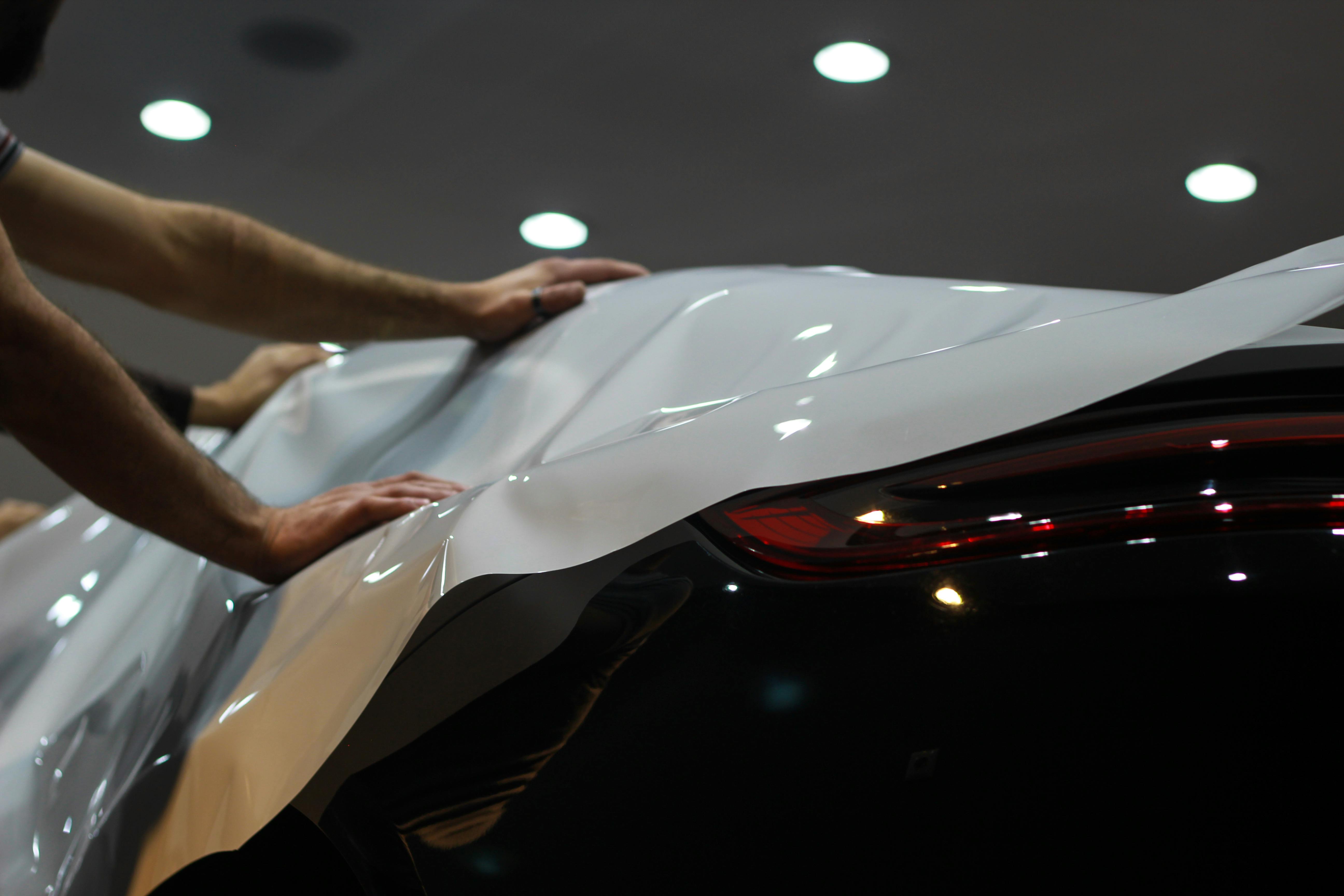
How to Use a 30 Degree Knife for Clean, Precise Cuts in Wrapping and Tinting
30 Degree Knife vs. Standard Knife: Which Is Best for Vinyl Wraps?
When it comes to vinyl wrapping, whether you're working on a sleek car wrap, applying window tint, or crafting signage, the knife you choose can make or break the project. Many beginners assume any sharp utility knife will do the job, but professionals know that the blade angle matters just as much as the sharpness. This is where the debate between the 30-degree knife and the standard knife (typically 45° or 60°) comes into play.
Think of it like writing with a pen: sure, any pen can write, but a fine-tip pen allows for sharper, cleaner lines. Similarly, the 30-degree knife offers precision that a standard knife sometimes struggles to deliver, especially when working on tight corners, curves, and intricate designs. On the flip side, a standard knife is often the go-to for general cutting because of its durability, ease of handling, and versatility.
When it comes to vehicle wrapping, precision cutting is everything. The right knife can make the difference between a clean edge and a costly mistake.
That’s why professional installers rely on high-quality knives, cutters & blades designed specifically for vinyl wrap work →
In this article, we’ll break down the differences between a 30-degree knife and a standard knife, highlighting which one works best for vinyl wrapping projects. Whether you’re a seasoned installer, a sign shop owner, or a DIY hobbyist, understanding these tools will help you make cleaner cuts, reduce waste, and achieve professional-looking results. By the end, you’ll know exactly which knife should be in your toolkit, and when to use it.
Understanding Knife Angles in Vinyl Wrapping
Before choosing between a 30-degree or standard knife, it’s important to understand what those angles mean. Blade angles are not just random numbers, they directly impact how the blade interacts with the vinyl.
What is a 30-Degree Knife?
A 30-degree knife features a blade with a sharper angle, giving it a fine, pointed tip. This design makes it ideal for precision cutting, especially when working on intricate details, tight corners, and curves. Imagine trying to cut a detailed vinyl decal with tiny lettering, this is where the 30-degree blade shines. The narrow point allows for clean, accurate cuts without pulling or stretching the vinyl.
What is a Standard Knife (45° or 60°)?
A standard knife typically has a 45-degree or sometimes a 60-degree blade. This means the tip is broader and less sharp than the 30-degree option. While it may not offer the same level of precision, it excels in durability and versatility. It’s perfect for long straight cuts, trimming edges, or cutting through thicker materials where fine detail isn’t necessary.
How Blade Angles Affect Precision and Control
The sharper the blade angle, the greater the precision but lower the durability. A 30-degree blade gives you exact control for detailed cuts but dulls faster. A standard 45-degree blade lasts longer and is more forgiving for beginners, but it can struggle with fine details. Understanding this balance is key to choosing the right tool for your vinyl projects.
The Role of a 30-Degree Knife in Vinyl Wrapping
When professionals talk about a “game-changer” in vinyl installation, they’re often referring to the 30-degree knife. Its design makes it indispensable for anyone aiming for flawless results.
Precision Cutting on Curves and Corners
Vinyl wrapping often involves tricky shapes, especially when applying wraps to cars, motorcycles, or even custom signage. A 30-degree knife lets you make micro-adjustments with ease, following the contours of a surface without tearing the vinyl. This level of control is nearly impossible with a standard blade.
Reducing Material Waste
Vinyl isn’t cheap. A poorly made cut with a standard knife can ruin an entire section of wrap. Since the 30-degree knife offers pinpoint accuracy, it minimizes mistakes, helping you save material and money over time.
Why Professionals Prefer It for Detailed Work
Ask any experienced wrapper, and they’ll likely say a 30-degree knife is their secret weapon. From cutting out logos to trimming along weather seals, it provides the finesse needed to achieve professional-grade results. That’s why many installers keep both knives in their toolkit but reach for the 30-degree whenever detail work is required.
Explore more vinyl wrap cutting tools available in our vehicle wrapping tools collection →
The Role of a Standard Knife in Vinyl Wrapping

Just because the 30-degree knife excels in precision doesn’t mean the standard knife has no place. In fact, it’s often the workhorse tool of vinyl wrapping.
Best for Straight-Line Cutting
If you’re trimming large sheets of vinyl or making long, straight cuts, the standard knife is the better choice. Its broader tip provides stability and durability, making it less likely to snap under pressure.
Durability and Blade Longevity
One of the biggest advantages of a standard blade is its ability to last longer. A 45-degree blade doesn’t wear out as quickly as a 30-degree blade, meaning you won’t have to replace it as often. This makes it cost-effective, especially for bulk cutting.
Beginner-Friendly Advantages
For those new to vinyl wrapping, a standard knife is easier to handle. The blade is less fragile, and mistakes are less costly compared to using a fine-tipped 30-degree blade. Many installers recommend beginners start with a standard knife before upgrading to a precision tool.
Key Differences Between 30-Degree and Standard Knives
Now that we’ve covered their roles individually, let’s break down the main differences between the two.
Precision vs. Versatility
30-degree knife: Best for detail and accuracy
Standard knife: Best for general use and durability
Cutting Techniques Required
A 30-degree knife requires a steady hand and practice to avoid over-cutting.
A standard knife is more forgiving, making it easier for bulk cutting.
Safety and Handling Differences
The sharp tip of a 30-degree knife can cause accidental deep cuts if misused.
The standard knife is generally safer for beginners due to its sturdier tip.
Price and Availability
30-degree blades are slightly more expensive and may need frequent replacements.
Standard blades are widely available and more affordable for everyday use.
This breakdown shows that neither knife is “better” overall, it depends entirely on your project needs.
When to Choose a 30-Degree Knife Over a Standard Knife
Choosing between a 30-degree knife and a standard knife isn’t about one being superior to the other, it’s about matching the tool to the task. The 30-degree knife shines in situations where detail and precision are non-negotiable.
Use Cases in Vinyl Wrapping
If you’re working on car wraps, window tinting, or signage that involves logos, lettering, or tight corners, the 30-degree knife is your best friend. For example, cutting around door handles, emblems, or fine edges requires an ultra-sharp tip that won’t drag or stretch the vinyl. The 30-degree blade allows you to glide smoothly, leaving a clean edge with minimal effort.
Applications in Car Wrapping, Signage, and Tinting
Car Wrapping: When trimming around curves, lights, or rubber seals, the sharp tip ensures seamless finishes without over-cutting.
Signage: For decals with small fonts or intricate patterns, a 30-degree knife allows precision cuts that prevent jagged edges.
Tinting: The knife’s fine tip makes it easier to cut along window borders, ensuring perfect alignment.
Professional vs. DIY Usage
For professionals, the 30-degree knife is almost a necessity because clients demand flawless results. For DIY hobbyists, it’s still useful but may require practice to avoid mistakes. The sharper angle can be unforgiving if you apply too much pressure, so it’s best suited for those who’ve already mastered the basics of vinyl cutting.
In short, if your project involves fine detail, delicate handling, and high-stakes precision, the 30-degree knife is the right choice.
When a Standard Knife Works Best
While the 30-degree knife is excellent for details, the standard knife is still the backbone of vinyl wrapping. It’s durable, reliable, and better suited for certain tasks that don’t require extreme precision.
Large Sheet Cutting and Bulk Trimming
When working with large rolls of vinyl, you’ll need to make long, straight cuts. A 45-degree or 60-degree knife handles this job with ease. Its broader blade won’t snap as easily, making it more efficient for trimming vinyl sheets down to size before application.
Easier Blade Replacement
Standard knives often use more common blades, which means replacements are easier to find and typically cheaper. If you’re working on high-volume projects, you won’t want to worry about hunting down specialty blades.
Suitable for Beginners
Beginners are more prone to mistakes such as cutting too deep or unevenly. A standard blade is more forgiving, reducing the risk of ruining vinyl sheets. It also helps new wrappers focus on mastering techniques before moving on to more advanced tools like the 30-degree knife.
In short, the standard knife is the go-to option for straightforward, bulk cutting jobs where precision is less critical. It’s dependable, affordable, and essential in every vinyl wrapper’s toolkit.
Many car wrap tool kits include a standard knife along with other essential tools like squeegees and scrapers →
Common Mistakes with 30-Degree Knives
While the 30-degree knife is an amazing tool, it also comes with a learning curve. Many installers, especially beginners, make mistakes that compromise their work or even damage the vinyl.
Over-Cutting Vinyl
Because the tip is so sharp and fine, it’s easy to press too hard and cut deeper than intended. This can slice through the vinyl and backing paper, making it hard to peel off cleanly. Over-cutting also risks scratching the surface beneath the vinyl, which is disastrous when working on cars.
Applying Too Much Pressure
Unlike standard knives, a 30-degree blade doesn’t need heavy force. Many new users assume more pressure means a cleaner cut, but in reality, it often leads to jagged lines or torn vinyl. Mastering light, controlled movements is the key.
Not Replacing Blades Frequently Enough
Precision cutting requires a razor-sharp edge. The problem is that 30-degree blades dull more quickly than standard ones. Using a dull blade results in rough edges and uneven cuts. Professionals replace blades often to ensure every cut stays crisp.
To avoid these mistakes, always handle the 30-degree knife with a light touch, change blades regularly, and practice before using it on a final project.
Tips for Using a 30-Degree Knife Like a Pro
Once you’ve mastered the basics, the 30-degree knife becomes a powerful tool. But to unlock its full potential, you need to use it the right way.
Proper Grip and Angle
Hold the knife at a slight tilt rather than straight up. This gives you more control and prevents the tip from digging too deeply into the vinyl. A firm but relaxed grip works best, think of it like holding a fine paintbrush.
Cutting Techniques for Vinyl Wraps
Score, Don’t Slice: Instead of cutting all the way through, lightly score the vinyl. This makes it easier to peel without damaging the backing.
Short, Controlled Strokes: Avoid long cuts when working on details. Use small, precise strokes for accuracy.
Follow the Surface: Let the knife glide along the contours of the car or surface instead of forcing it.
Blade Maintenance and Safety Tips
Always snap off the dull segment of the blade before starting detailed work. Keep a blade disposal container handy for safety. And remember, a sharper blade is actually safer than a dull one because it requires less force, reducing the risk of slips.
With these techniques, even beginners can achieve professional-grade results using a 30-degree knife.
Expert Opinions on 30-Degree vs. Standard Knives
When it comes to professional vinyl wrapping, industry experts are split on which knife is “the best.” The truth is, most agree that both knives serve specific purposes, and the smartest wrappers keep both in their toolkit.
Professional Vinyl Wrappers’ Preferences
Many professional car wrappers favor the 30-degree knife for its precision. It allows them to trim vinyl around mirrors, headlights, and other complex curves with a level of detail that a standard knife simply can’t achieve. For installers who work on high-end vehicles, that precision is critical, because even a minor cut mistake can cost thousands in material and reputation.
Industry Insights from Signage and Tinting Experts
In signage, installers often work with detailed vinyl lettering. Experts point out that a 30-degree knife is indispensable for cutting small fonts, logos, and decorative details. In tinting, where film is even thinner than vinyl, the sharp tip helps create clean edges along glass borders without snagging.
What Beginners Should Know Before Buying
Experts caution beginners not to rush into using a 30-degree knife exclusively. Instead, they recommend starting with a standard knife to build foundational cutting skills. Once you’ve mastered straight cuts and trimming techniques, transitioning to a precision blade becomes easier.
The consensus is clear: pros use both. The standard knife handles bulk work, while the 30-degree knife handles the finishing touches that separate good work from great work.
Cost Comparison: 30-Degree Knife vs. Standard Knife
Another important factor in choosing the right knife is cost, not just the purchase price, but the long-term investment.
Price per Blade
30-Degree Blades: Typically a little more expensive than standard 45-degree blades. They are considered specialty blades, so the price point reflects their niche use.
Standard Blades: Widely available and cheaper, making them a practical choice for high-volume projects.
Long-Term Investment Value
Even though 30-degree blades cost more upfront, they can save money in the long run by reducing vinyl waste. Cleaner cuts mean fewer mistakes, which adds up to cost savings when working on expensive wrap films.
Replacement Frequency and Hidden Costs
30-degree blades dull faster because of their fine tip. Professionals often replace them several times in a single job. Standard blades, on the other hand, last longer and don’t need as frequent replacement. If you’re on a budget or working on large projects, the cost of blade replacement can add up.
Ultimately, the cost difference is small compared to the benefits. For pros, the precision of a 30-degree knife outweighs the expense, while beginners and bulk cutters might stick to standard knives for affordability.
Safety Precautions While Using Vinyl Knives
Knives are essential tools in vinyl wrapping, but they can also be dangerous if not handled correctly. Whether you’re using a 30-degree or standard blade, following safety practices is critical.
Avoiding Slips and Injuries
Both knives are razor-sharp. Always cut away from your body and maintain a firm grip. Avoid rushing cuts, most accidents happen when installers are hurrying through a project.
Proper Disposal of Used Blades
Never toss old blades directly into the trash. Use a blade disposal container to prevent injuries to yourself or others. Many utility knives come with built-in blade disposal compartments for added safety.
Protective Gear Recommendations
While gloves aren’t always practical for precision work, having cut-resistant gloves nearby for large trimming jobs is wise. Additionally, safety glasses are recommended when snapping blade tips, as small pieces can fly off unexpectedly.
Safety isn’t just about protecting yourself, it’s about protecting the surfaces you’re working on too. A careless slip with a 30-degree knife could scratch a car’s paint, turning a vinyl wrap into an expensive repair job.
Browse our complete range of car wrap tools today to find the perfect setup for your next project →
Choosing the Right Knife for Your Project
Now that we’ve explored both knives in detail, the question remains: which knife should you choose? The answer depends entirely on the type of project you’re tackling.
Professional Projects vs. Hobby Use
Professionals: Should own both knives. The 30-degree is essential for details, while the standard knife is better for general cutting and durability.
Hobbyists: May start with a standard knife for practice, then add a 30-degree knife as they take on more advanced projects.
Indoor Signage vs. Outdoor Vehicle Wraps
Signage: A 30-degree knife is the clear winner for precision lettering and logos.
Vehicle Wraps: Both knives are needed, the standard knife for bulk cutting and the 30-degree knife for finishing details around trims and edges.
Factors to Consider Before Purchase
Budget: Standard knives are cheaper and easier to maintain.
Skill Level: Beginners should practice with standard knives first.
Project Type: Detailed projects demand a 30-degree knife, while bulk jobs rely on standard blades.
In other words, the best knife is the one that matches your project. Pros often carry multiple knives and switch between them as needed.
FAQs
Is a 30-degree knife only for professionals?
Not at all. Beginners can use it too, but it requires practice to avoid over-cutting.
Can I use a standard 45-degree knife for car wraps?
Yes, but it’s better for bulk cuts. For details around curves and edges, a 30-degree knife is more effective.
How often should I replace my 30-degree knife blade?
Professionals replace blades frequently, often multiple times per project, to ensure clean, precise cuts.
What’s the main difference between 30°, 45°, and 60° knives?
The smaller the angle, the sharper and more precise the tip. A 30° blade is best for details, while 45° and 60° are better for general use.
Which knife gives the cleanest cut for vinyl decals?
The 30-degree knife produces the cleanest cuts for small decals, lettering, and intricate designs.
Conclusion
The debate between the 30-degree knife and the standard knife isn’t about which one is better, it’s about knowing when to use each. The 30-degree knife offers unmatched precision for fine details, curves, and corners, making it the preferred tool for professional vinyl wrappers, sign makers, and tinters. On the other hand, the standard knife provides durability, affordability, and ease of use, making it ideal for bulk cutting, straight lines, and beginners.
For professionals, the solution is simple: keep both in your toolkit. Use the standard knife as your workhorse and the 30-degree knife as your precision tool. For beginners, start with a standard knife to build your skills, then upgrade to a 30-degree knife once you’re confident.
At the end of the day, the knife you choose can make a huge difference in the quality, efficiency, and professionalism of your vinyl wrapping projects.
Are you unsure which tool or kit is right for your job?
Our expert team at Oz Sign Supplies is here to help. Reach out today, and we’ll direct you to the best tools to suit your project, ensuring you get the job done right the first time.



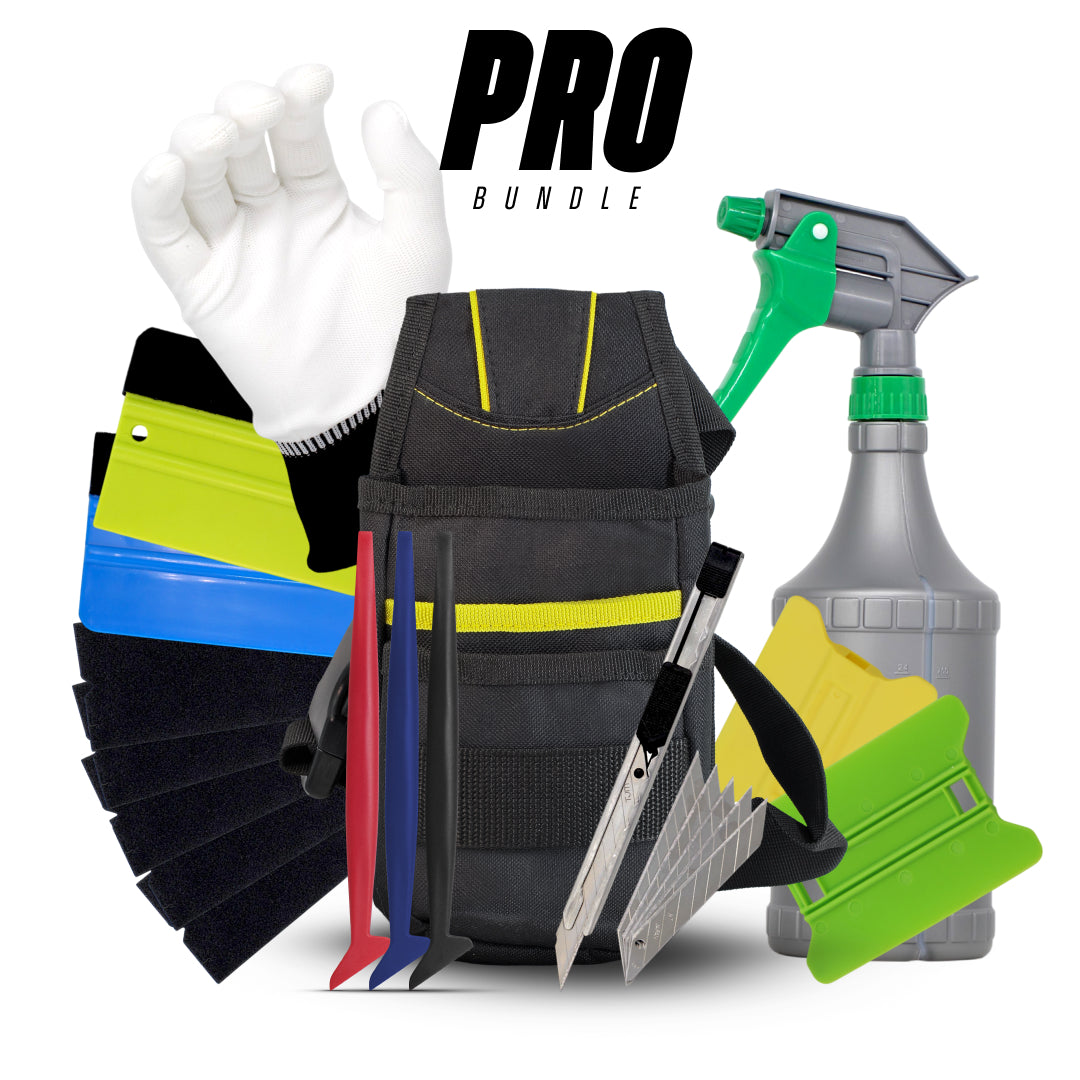
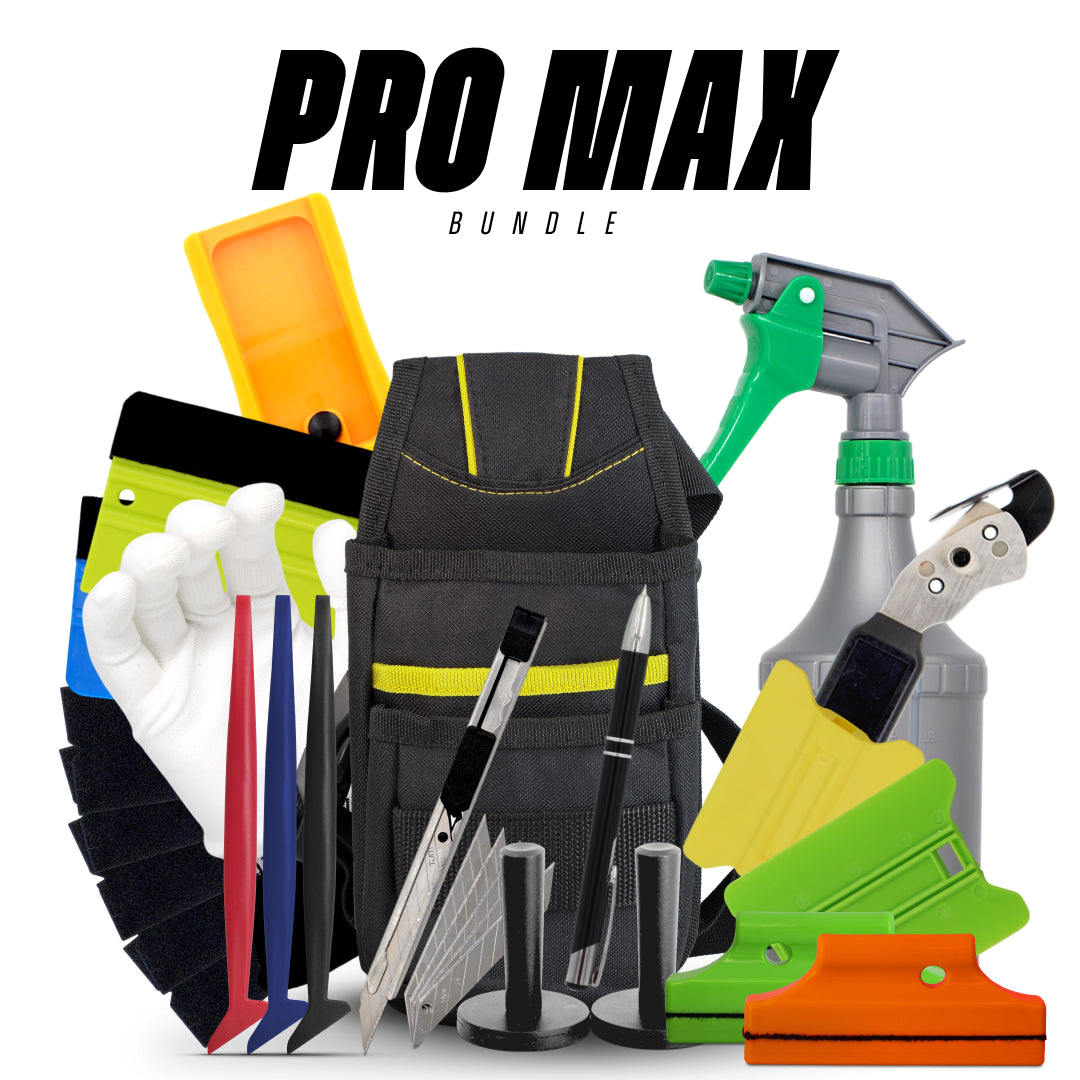
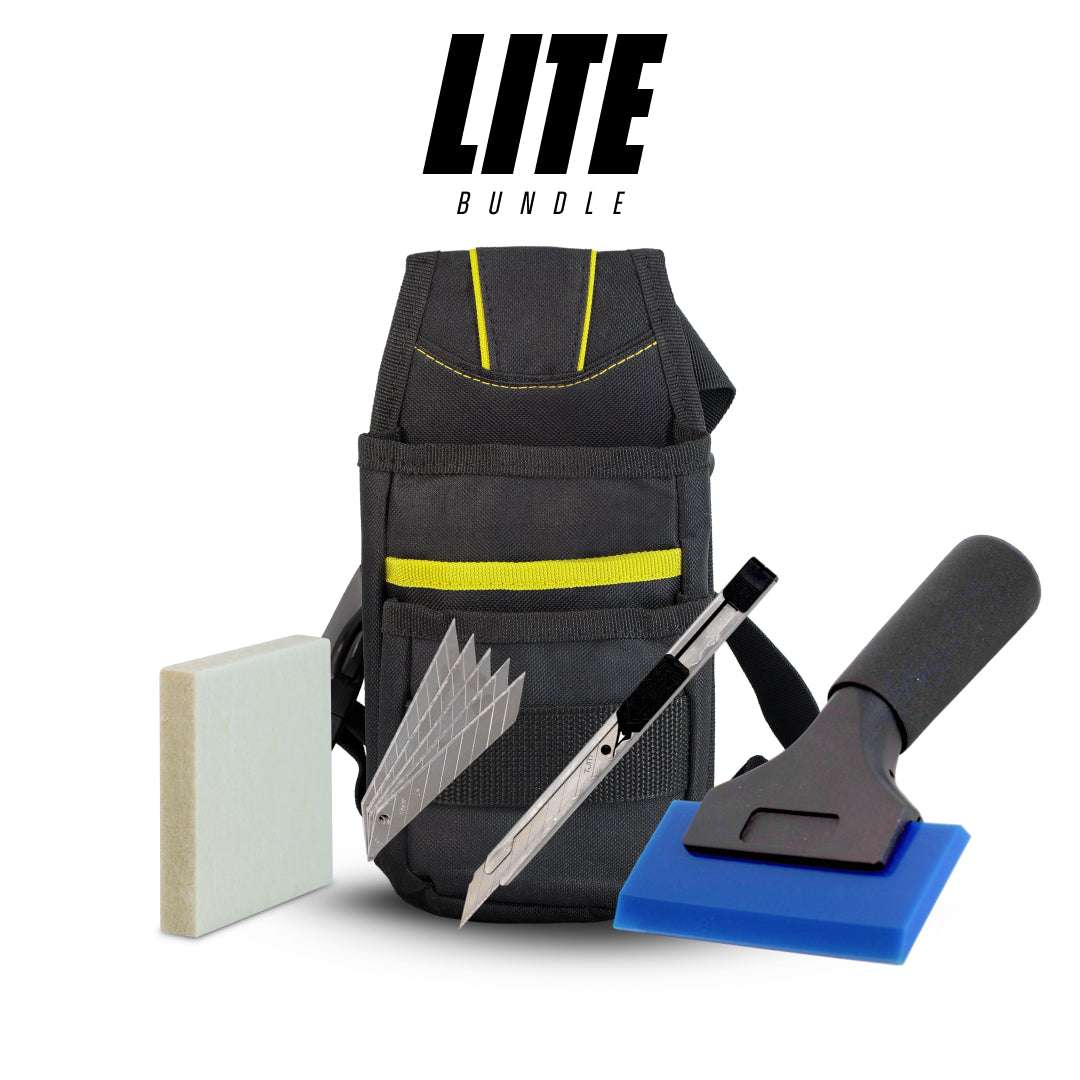
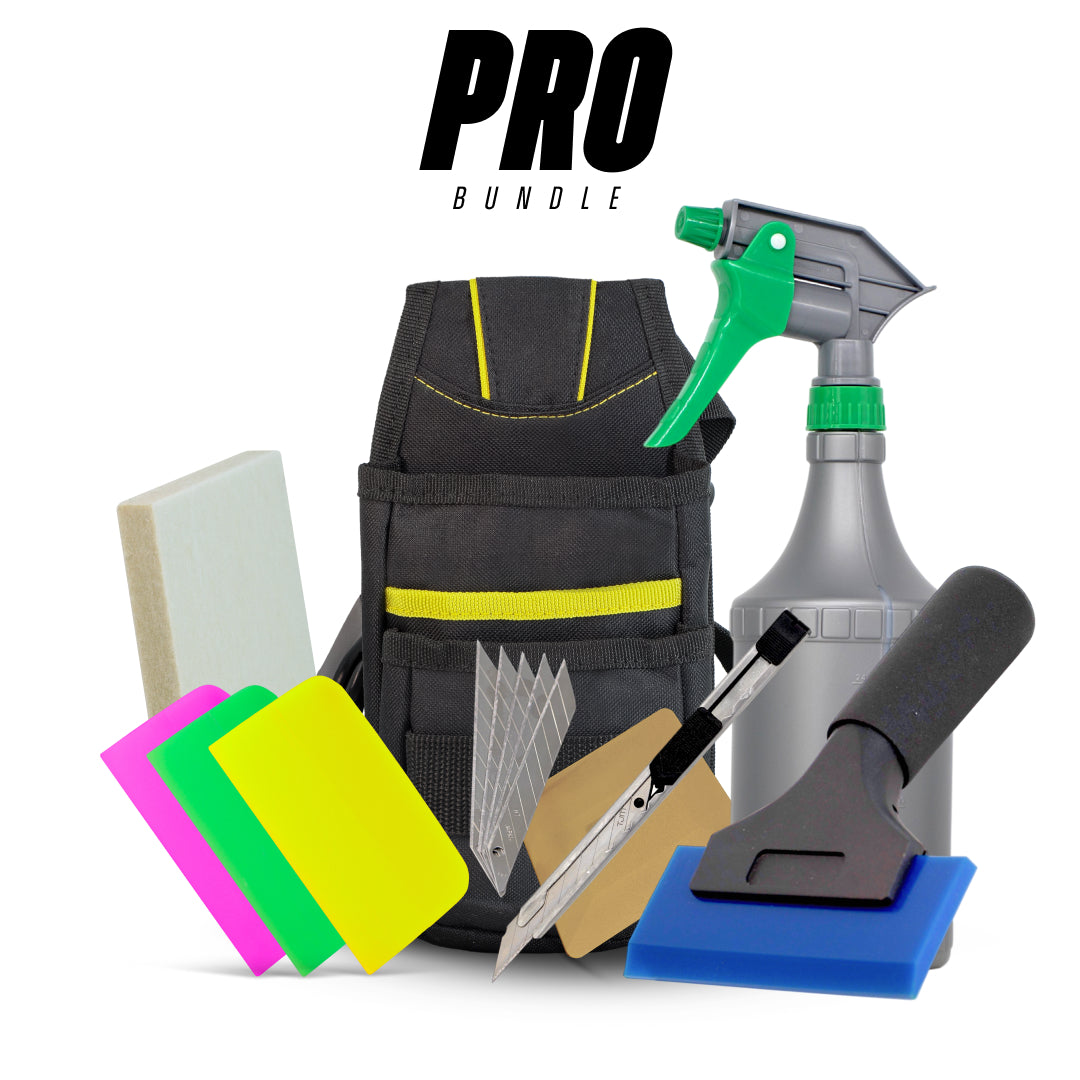
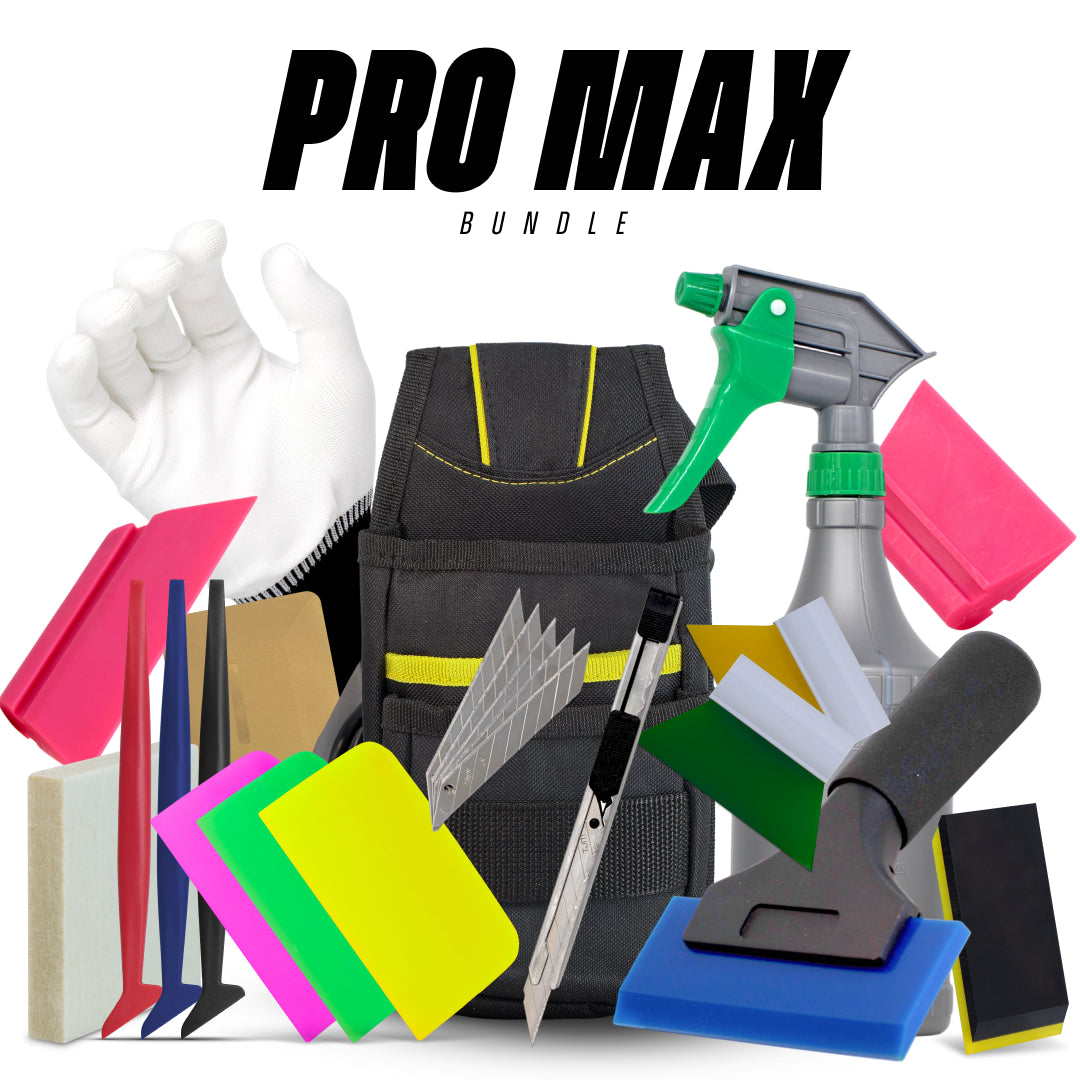
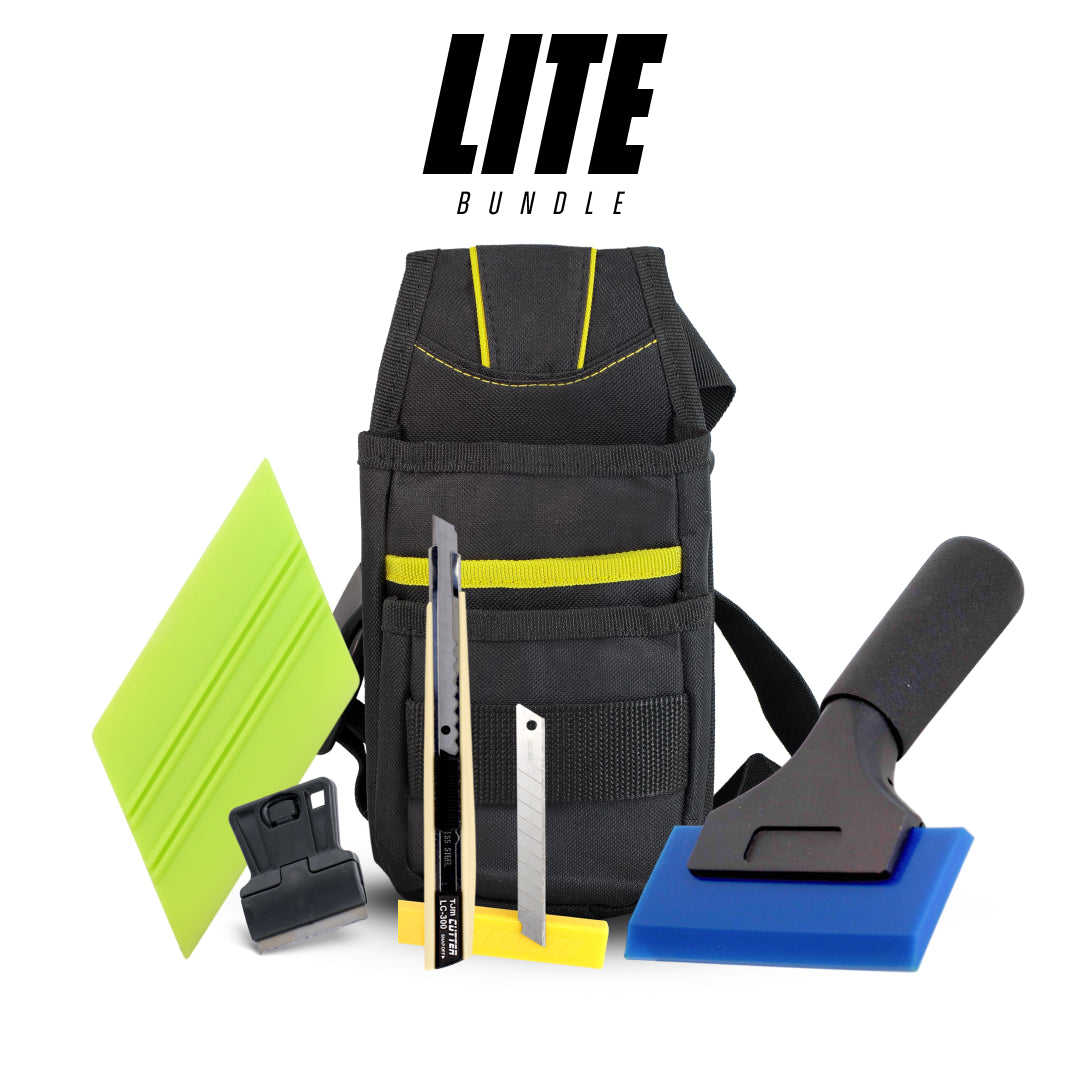
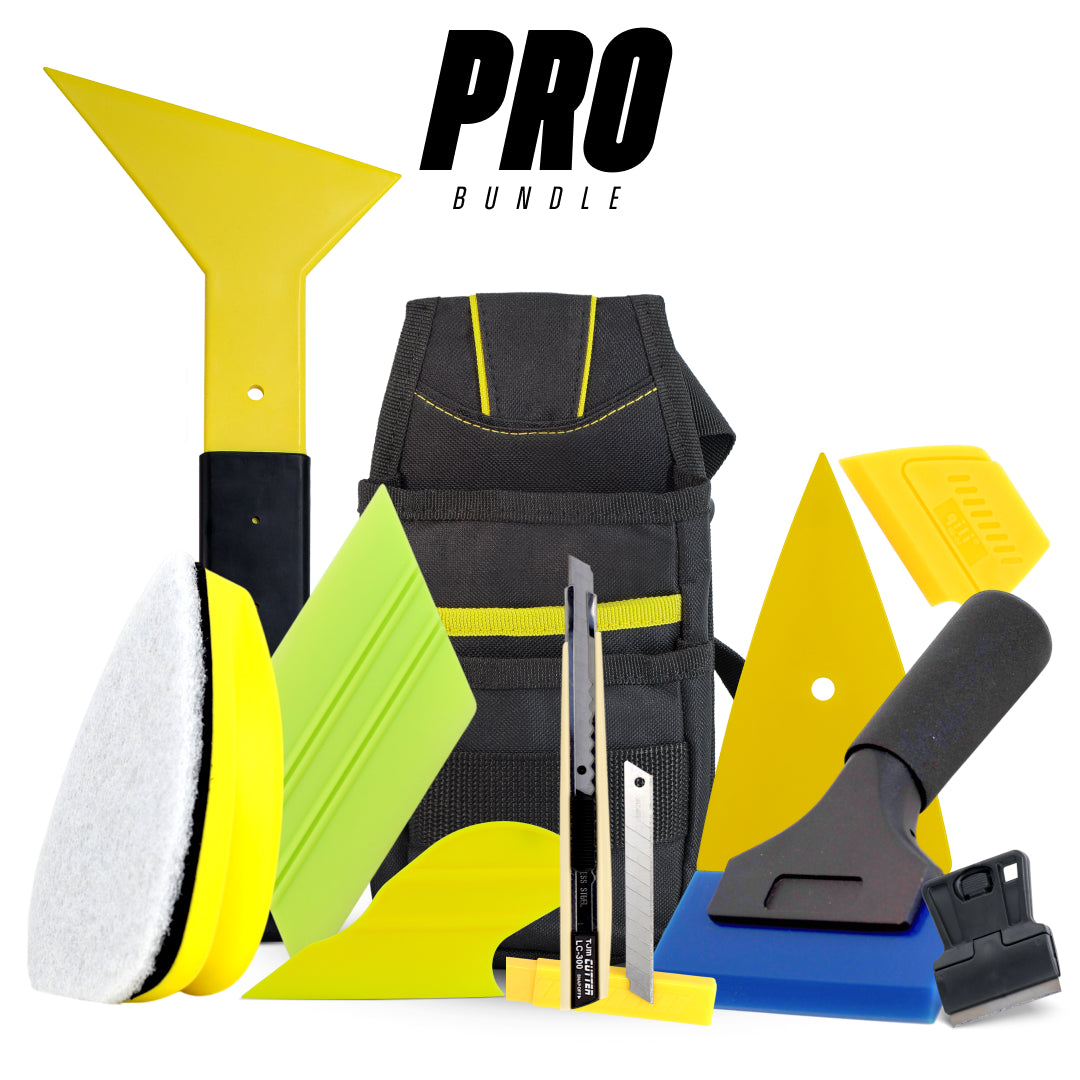

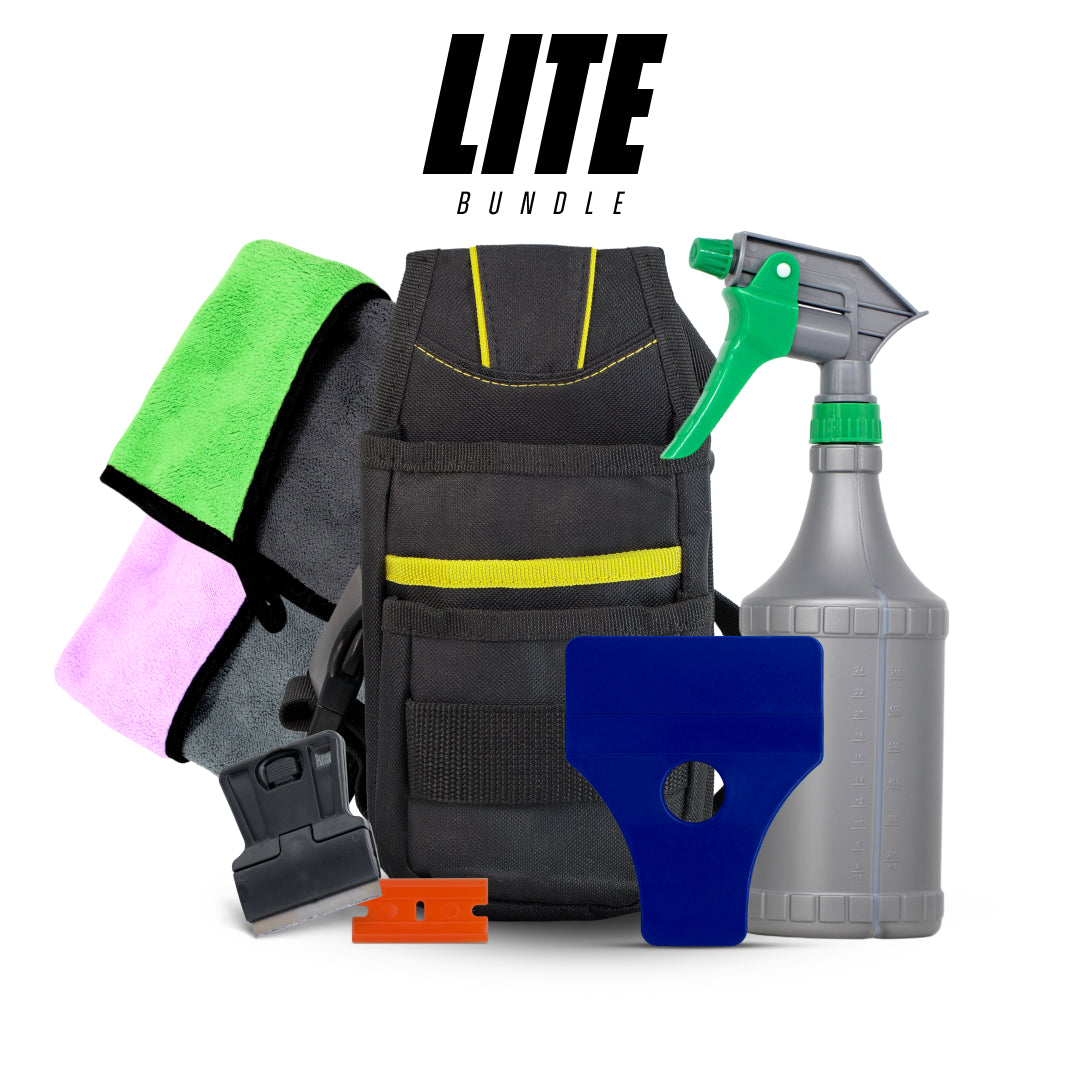
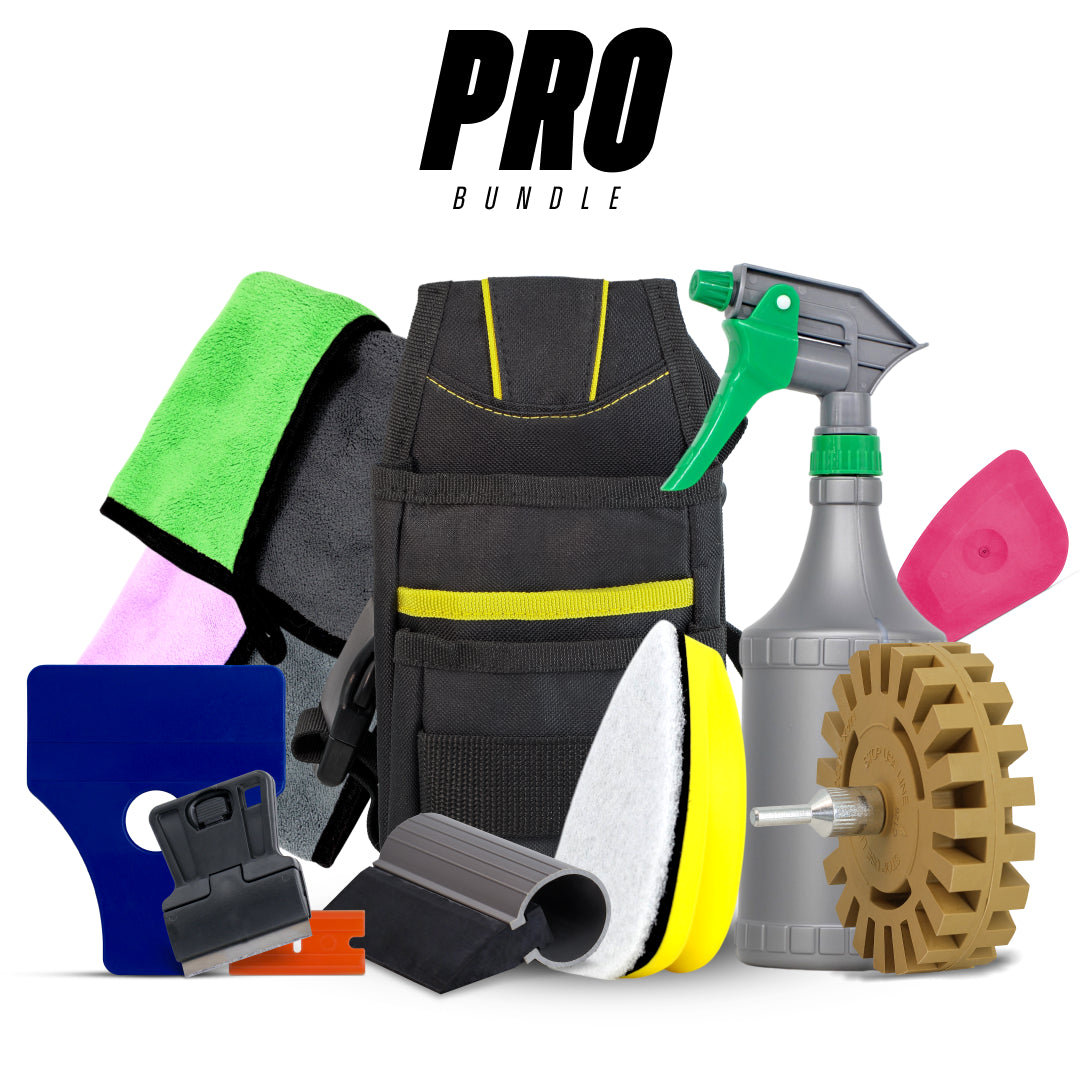
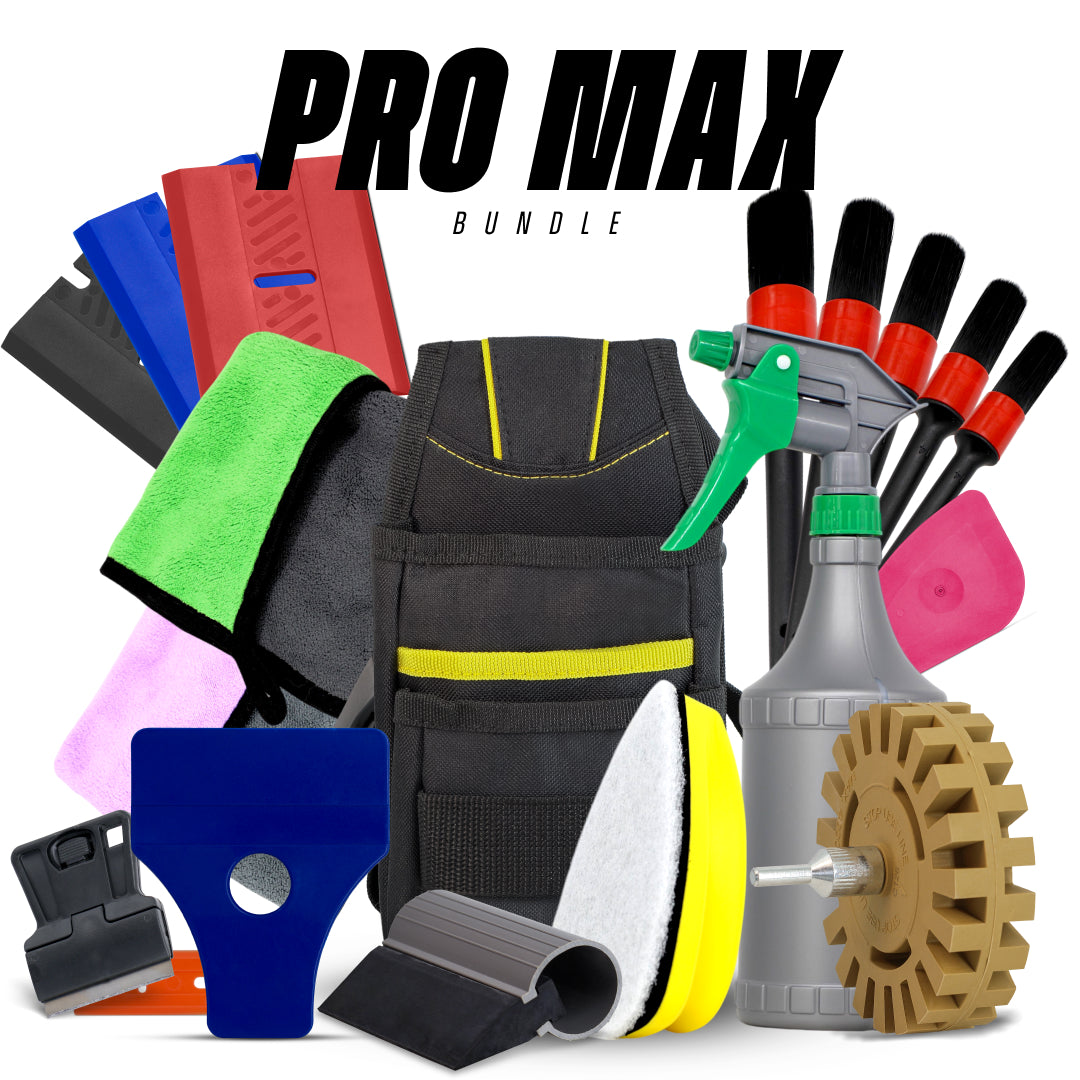

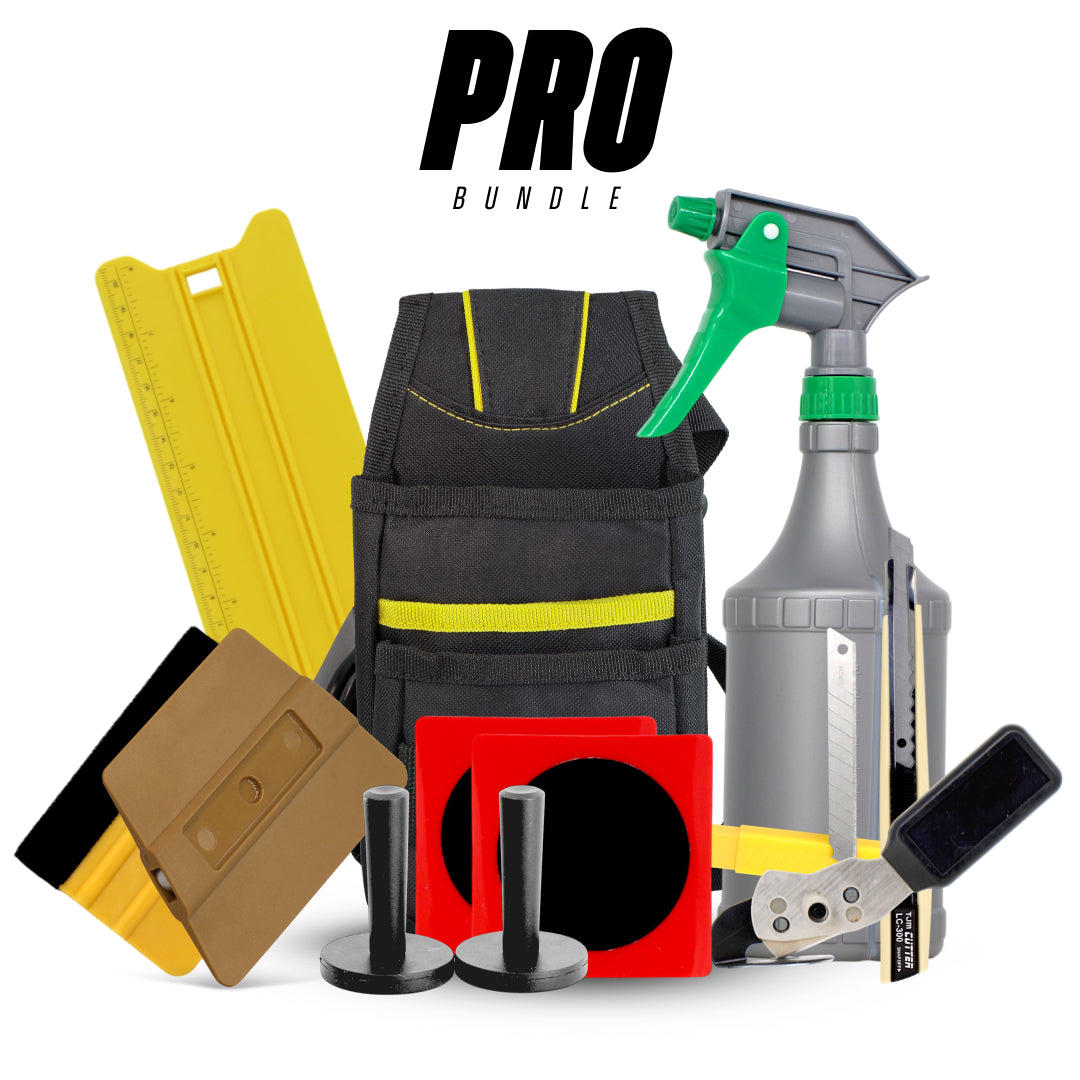
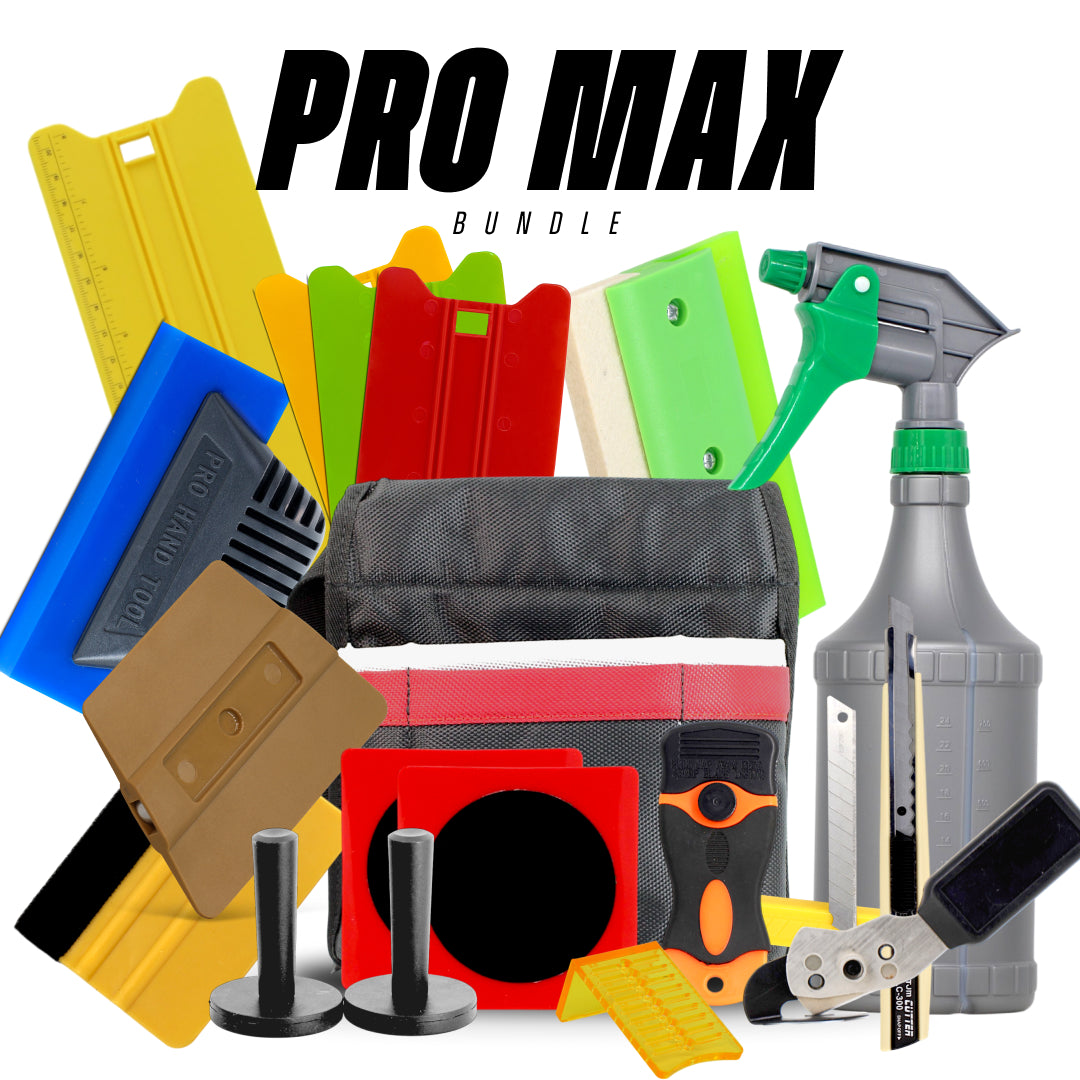


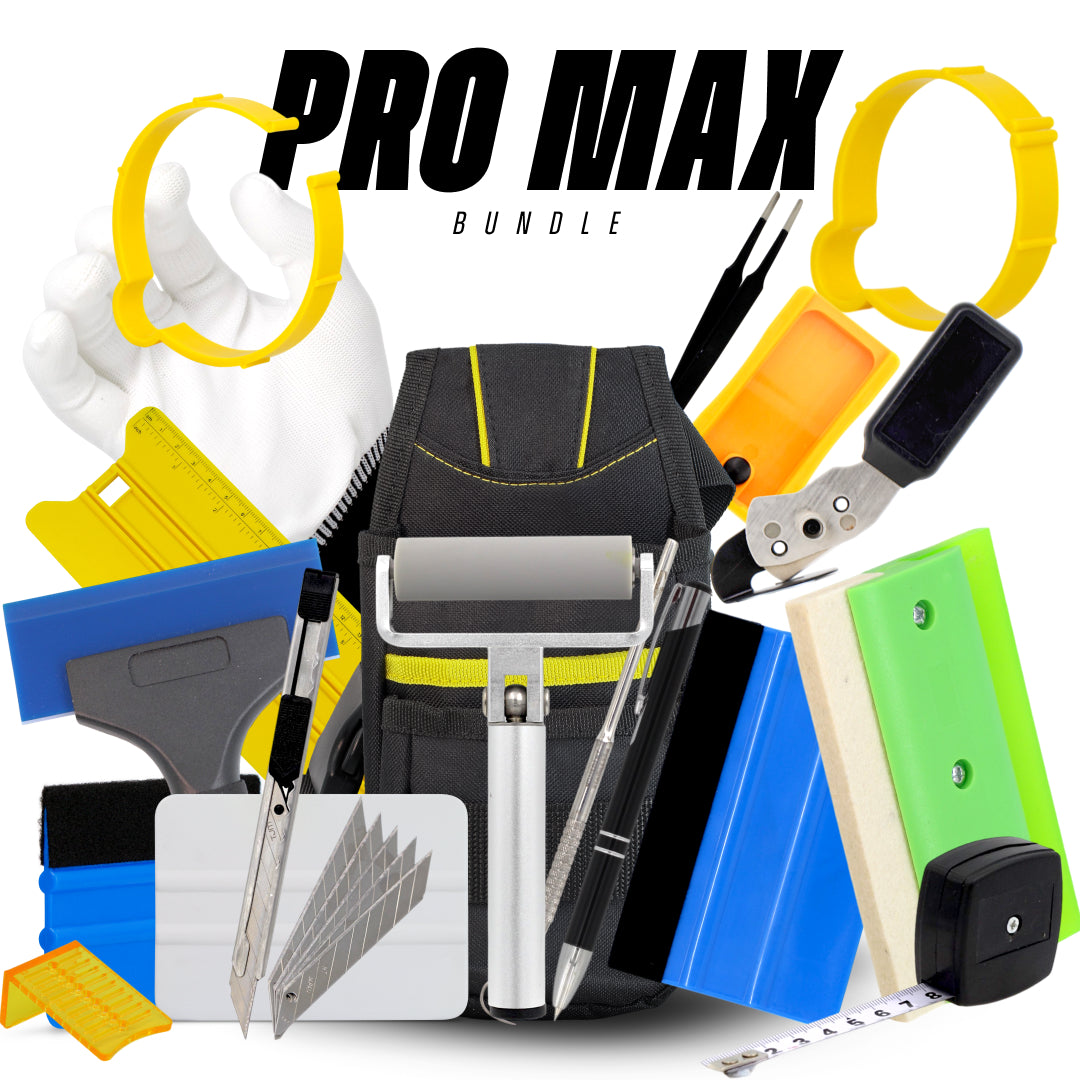



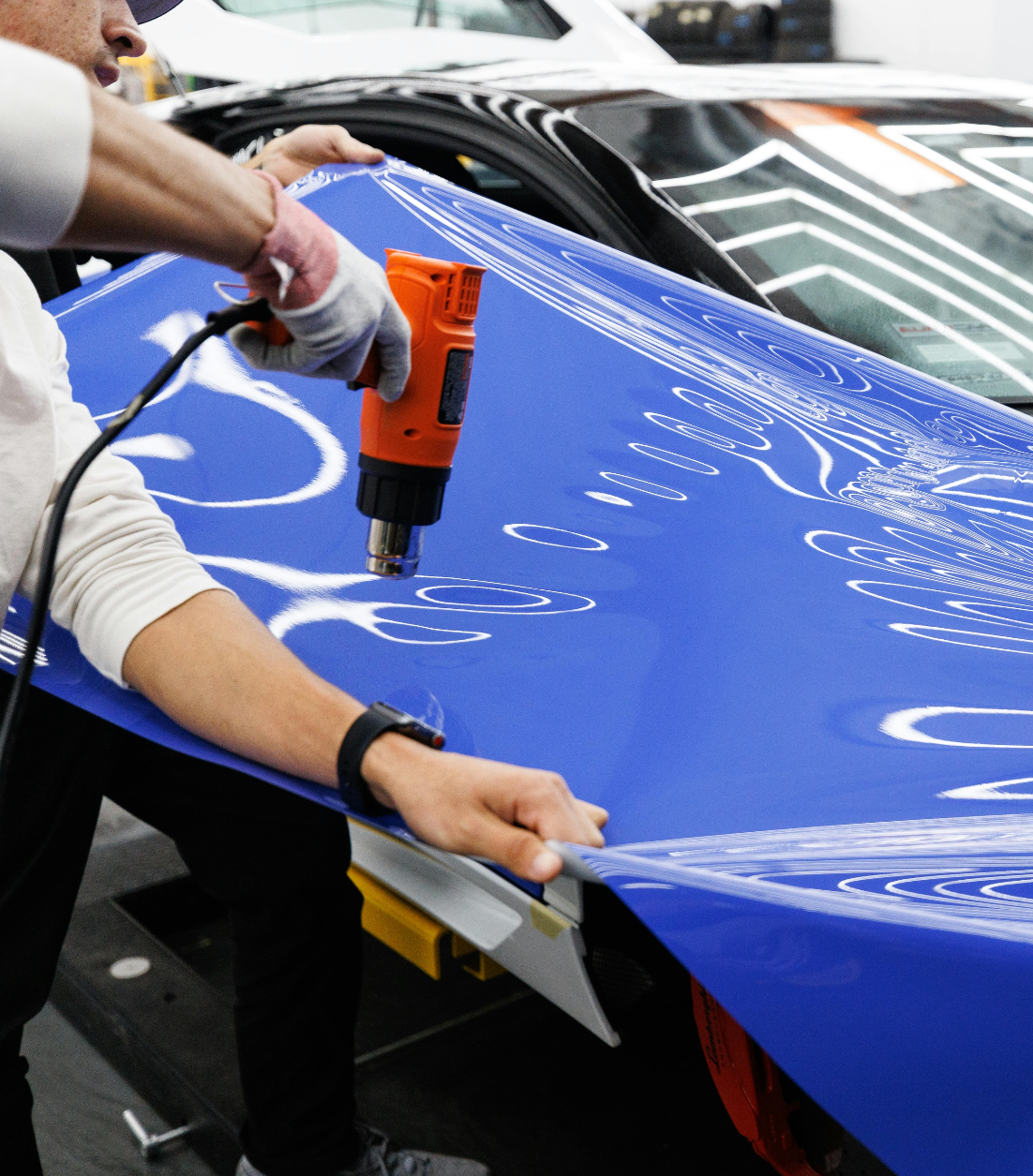
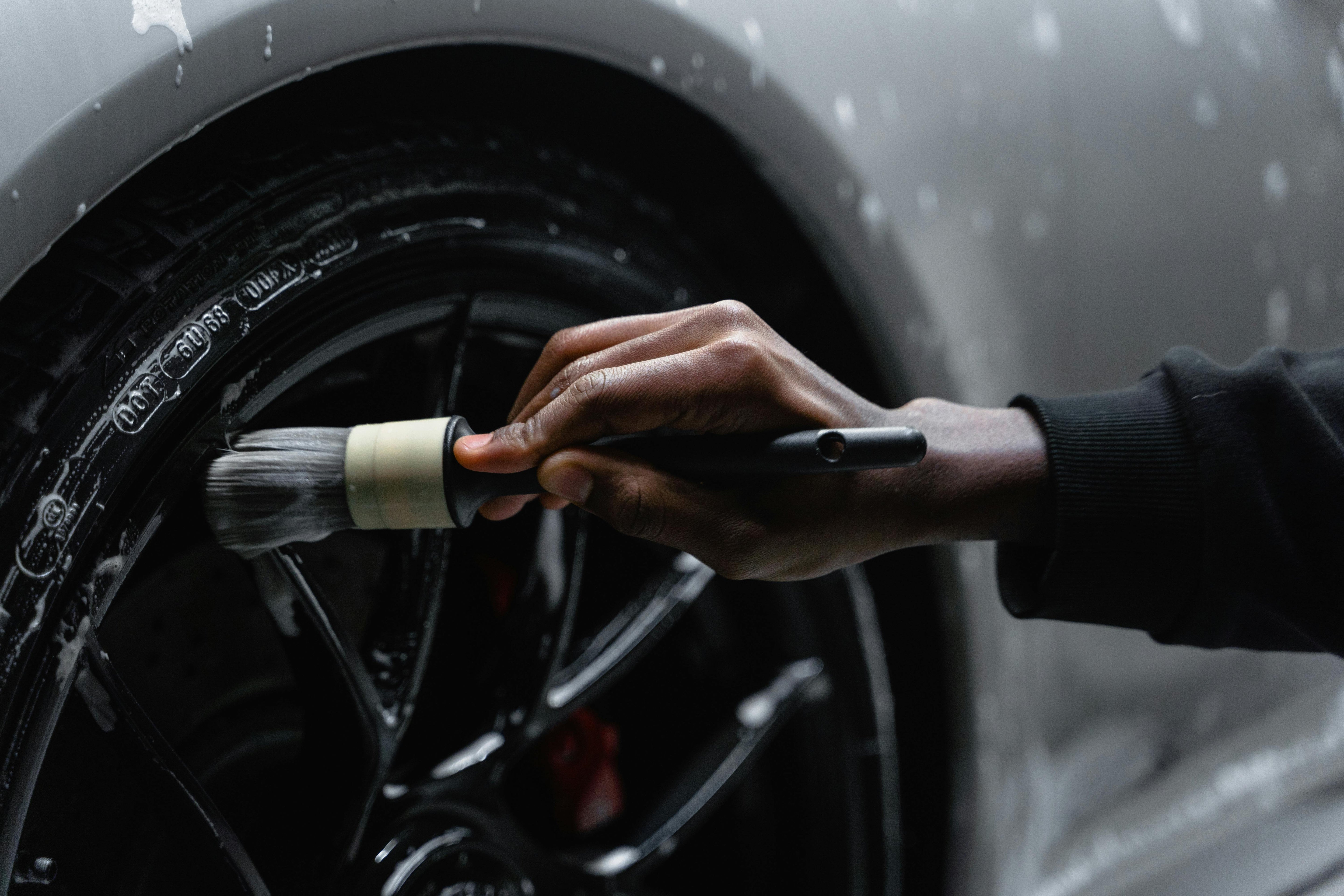
Leave a comment
This site is protected by hCaptcha and the hCaptcha Privacy Policy and Terms of Service apply.